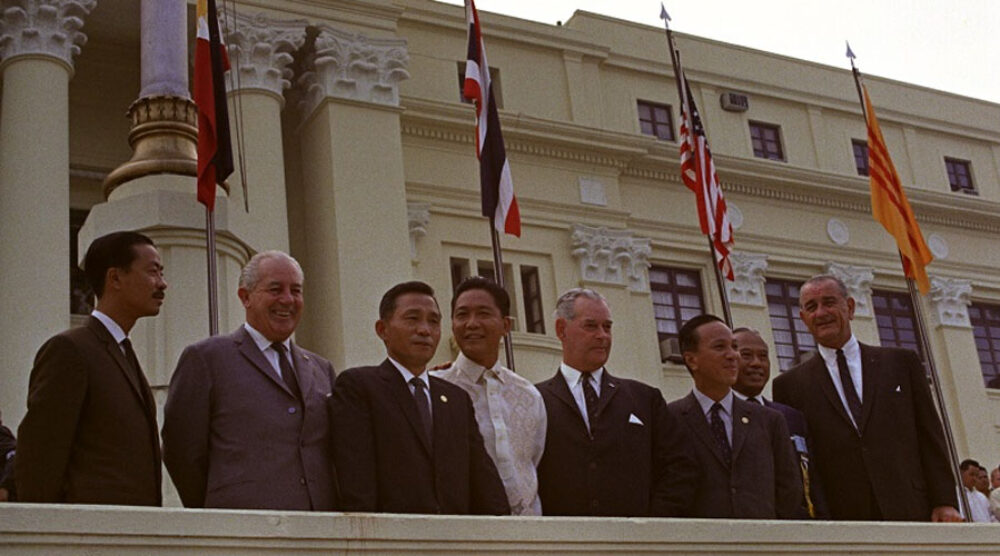The most recent meeting of the Quadrilateral Security Dialogue on the sidelines of the East Asia Summit in Singapore last November suggests that the US, India, Japan and Australia regard the initiative as a geostrategic multiplier in the Indo-Pacific. Despite the evident convergence, there have been few signs of a genuine renewal of the Quad’s purpose since it was resuscitated in 2017 after a decade-long hiatus.
This is underscored by the absence of a unified declaration following the Quad’s meetings in 2017 and 2018. Although individual statements released by the four members after the meetings agreed on the importance of a free and open Indo-Pacific, they overlapped on few points of detail. And although Quad boosters assert that its foundations are stronger today than they were a decade ago, the absence of a single joint statement betrays the inherent limits of the initiative.
The recent revival of the Quad was triggered by the return of Shinzo Abe as Japanese prime minister in 2012. Shortly after returning to office, Abe wrote an essay promoting a ‘democratic Asian security diamond’ to forestall Chinese ‘coercion’. The proposal endorsed the view that the US, Japan, Australia and India should cooperate to ‘safeguard the maritime commons stretching from the Indian Ocean region to the western Pacific’.
Please click here to read the full “Why the Quad won’t ever be an Asian NATO” article at The Strategist, written by Griffith Asia Institute member, Professor Andrew O’Neil and Research Assistant, Dr Lucy West.








